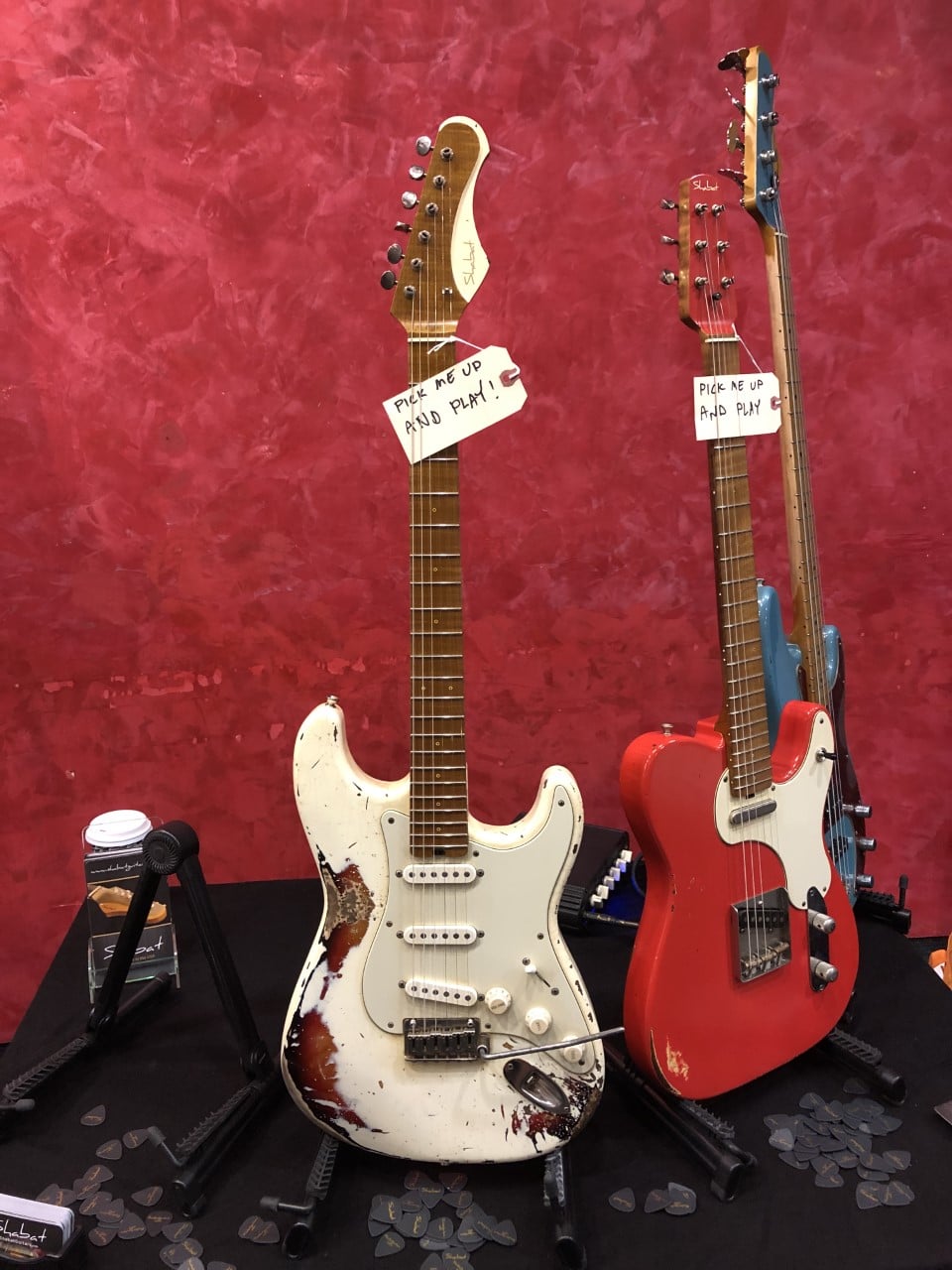

- #Guitar abc box how to
- #Guitar abc box series
If you’d like to learn the blues scale, go here: Blues Scale – 4 Things You Need To Know Don’t worry too much about this for now, just enjoy this rocking riff from one of the greatest rock bands of all time.This epic riff is played on the D string and actually uses the ‘blues scale’.This riff is perfect for beginners as it uses only one string and can be played with just one finger. It has been appropriated by sports fans all over the world. The first song anyone thinks of when thinking of one string guitar songs is ‘Seven Nation Army’ by The White Stripes. One String Guitar Songs #1 ‘Seven Nation Army’ by The White Stripes
#Guitar abc box how to
If you don’t know how to read tab, take a look at this lesson: How To Read Guitar Tabs Tablature, usually called tab, is simplified notation, with lines representing guitar strings and numbers representing frets. In this lesson, we’re going to be using tablature to teach all of the one string guitar songs. We’re going to teach you a whole load of easy riffs and tunes that will get your guitar journey off to a flying start.

However, the focus in this guitar lesson is on melodies.
Stringed instruments like the guitar are versatile because they can play chords as well as melodies. Learning these songs will improve your dexterity, technique and most importantly will allow you to have LOADS of fun on the guitar. One of the best ways to start learning guitar is to learn one string guitar songs. The top-secret tip that will allow you to learn songs quickly and easily. 5 essential technique tips that will turbo-charge your playing. If you want to be a better guitarist click here for our guitar courses With both Red Wing and the Roberto-Venn schools, their accredited backing makes it easier to secure financial aid for those in need of assistance.Over 250,000 guitar-learners get our world-class guitar tips & tutorials sent straight to their inbox: Click here to join them Roberto-Venn offers an 880-clock-hour program that allows students to take part in more of the design elements of guitar making. To my knowledge, it’s the longest-running lutherie program in the United States, and it has produced many fine luthiers over the years. Another medium to long-term option is the Roberto-Venn School of Luthiery in Phoenix, Arizona. Minnesota State College’s Guitar Repair and Building program in Red Wing, Minnesota-often called the “Red Wing school”-is a great example of a two-year, college-level course of study. So, as with all non-accredited programs, students must finance it themselves or secure a loan through a private lending institution. But although we are a licensed private trade school, we are a non-accredited program. At Galloup, we offer long-term training that can extend to more than 2,000 training hours if a student wants to take all classes available. Long-term training, on the other hand, is a completely different situation, where classes can range from a few months in a private trade school to two years in an accredited college-based program. New chords, scales, licks, and melodies can all be related to one of the five shapes, and this allows you to integrate this information into your playing quickly and efficiently. In fact, I think of the CAGED system as five buckets where I can stash fretboard information. But it doesn't stop there: The CAGED system is just as useful for scales and licks. Pay attention to the common note(s) between two adjacent shapes-this will help minimize errors in shifting and connecting shapes.Ĭongratulations, you've mastered the fundamentals of the CAGED system and covered a lot of territory! The CAGED system provides a logical way of visualizing the neck using basic chord shapes you've most likely known for quite some time. For example, start with a Bb chord using the "A" shape barred at the 1st fret, then play the CAGED sequence in the key of Bb. Once you're comfortable with this, play the sequence in all keys. 
#Guitar abc box series
9, using the "C" and "A" shapes, only this time complete the series by working through the remaining three shapes-"G," "E," and "D"). Play through the CAGED sequence starting on each of the CAGED chords in open position (like we did in Fig.







 0 kommentar(er)
0 kommentar(er)
